“We want to get back to clean, long-lasting design,” director of Mercedes global advanced design and SL project leader, Steffen Kohl told CDN at the exclusive preview of the sixth-generation model. “So the new SL is long, sleek and still full of tension in the feature lines but less wedgy.”
In a short presentation Kohl felt all SLs became successfully iconic in their times because they followed two key rules – ‘sensuality’ and ‘cleanness’ – but alluded that the first rule may have been lost in more recent eras. “We did sensuality for a long time and now we’re coming back to it,” he confirmed, referencing natural shapes like the female form and cultural designs like a violin plus the clean designs of a classic Braun radio and the third-gen SL (1972-1989) as examples.
The design team assembled to take on the new SL starting back in 2007 included project manager Hans-Dieter Futschik with Mark Fetherston on the exterior and Hans-Peter Wunderlich overseeing the interior. The project was signed off in 2010.
Removing the wraps in the studio revealed new proportions with a lower silhouette, longer hood, and a wide, upright and deeper one-bar grille at the front. The official stats back up this impression; the SL is 50mm longer, a significant 57mm wider and boasts a 0.27 Cd drag coefficient.
These exterior dimensions pay interior dividends with 37mm more shoulder room and 28mm more elbow space. The aviation-inspired cabin clearly follows on from the existing SLS and SLK production cars with a whale fin-style IP and graphically clean ‘cross-hair’ air vents that resemble aircraft engines above a wide centre stack. Wunderlich said the treatment on the SL is “slightly more sensual than on the SLS” and great details abound from the narrow but curvy ribbed seat upholstery – inspired by protective racing bike suits by Dainese – to the revived use of the old-school Mercedes-Benz script logo on the bottom of the steering wheel, on a real metal part. From an ergonomic and sensory point of view, to sit in, it feels cosy rather than imposingly cockpit-like, or as Wunderlich added, “you sit behind the IP not over it”.
The idea of lightweight is fundamental to the new model’s structure. It has an aluminium bodyshell that is 110kg lighter than the outgoing steel version. Aluminium makes up 89% of the body with (even lighter) magnesium used around the rear bulkhead and high strength steel only used for the A-pillars to assist rollover safety. On the new SL350 V6 the reduction can add up to 140kg – or two slim men.
This lightweight structure was also developed to better integrate some of the new technology. For instance, the FrontBass stereo system uses the free spaces in the aluminium structures at the front of the footwells as resonance space for the bass speakers – rather than put them in the doors that Mercedes’ designers say can cause more vibration. Other tech includes a new windscreen wiper – ‘Magic Vision Control’ in Merc product-speak – that trades conventional squirters from the base of the windscreen for a series of holes in the wiper blade to deliver water direct to the windscreen and wipe it away at the same time, thus reducing the time the driver’s vision is obscured. As the water mainly comes out on the wiper’s downstroke it also avoids the potential for water spray to overshoot into the roadster’s cabin. Very Mercedes.
Revealed in a matte grey exterior finish first impressions of the car were very positive. One slight concern is the detailing within the front headlight clusters that at an initial view look a little fussy. But that question mark aside, the new wider and longer proportions, clean exterior lines and beautifully designed and finished interior add up to the 6th-gen model looking every inch a classic SL in the making.

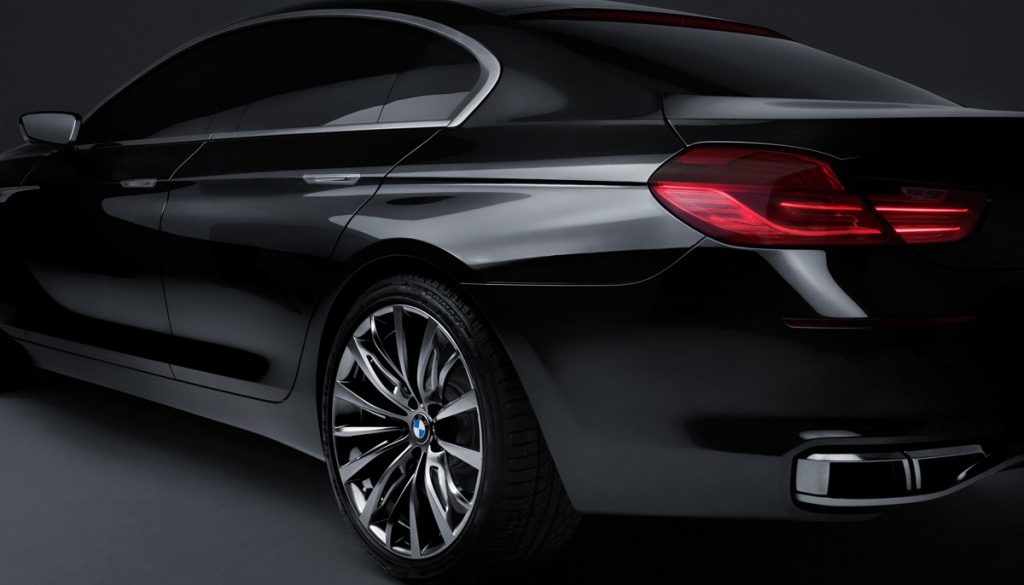
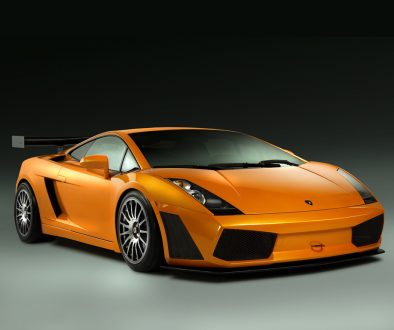
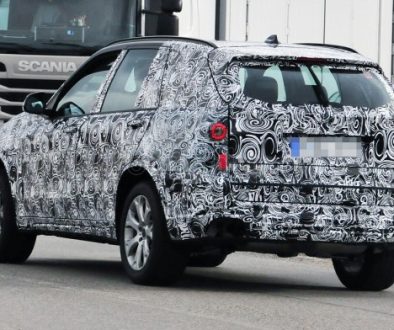
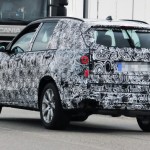
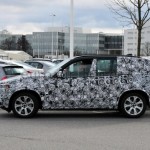
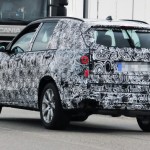
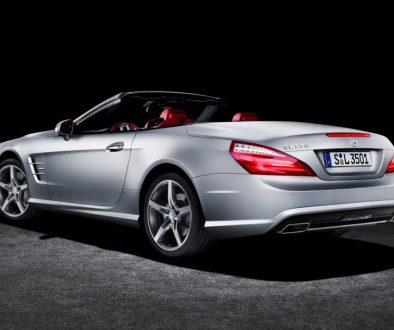
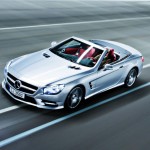
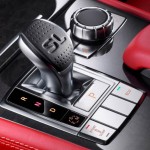
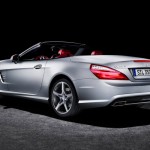
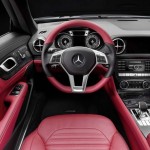
January 1, 2012 @ 8:32 pm
This site is like a calsrosom, except I don’t hate it. lol